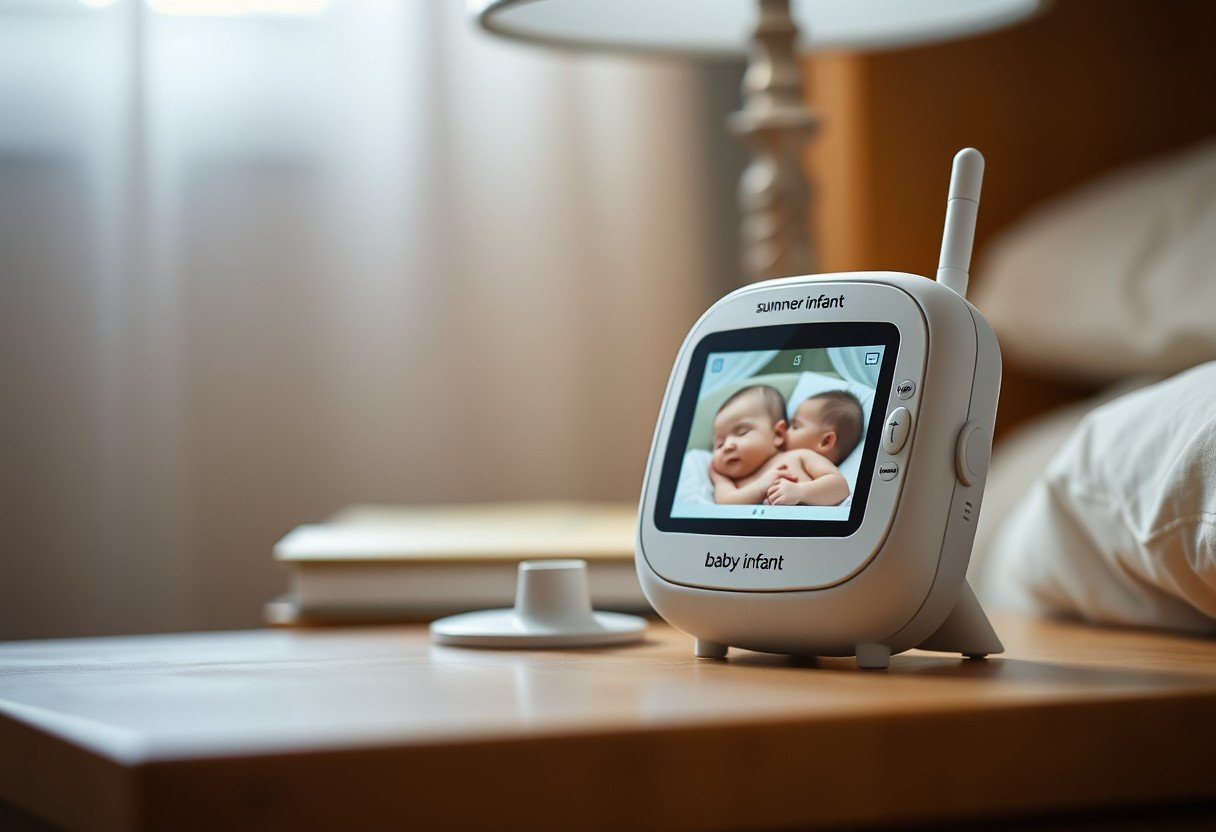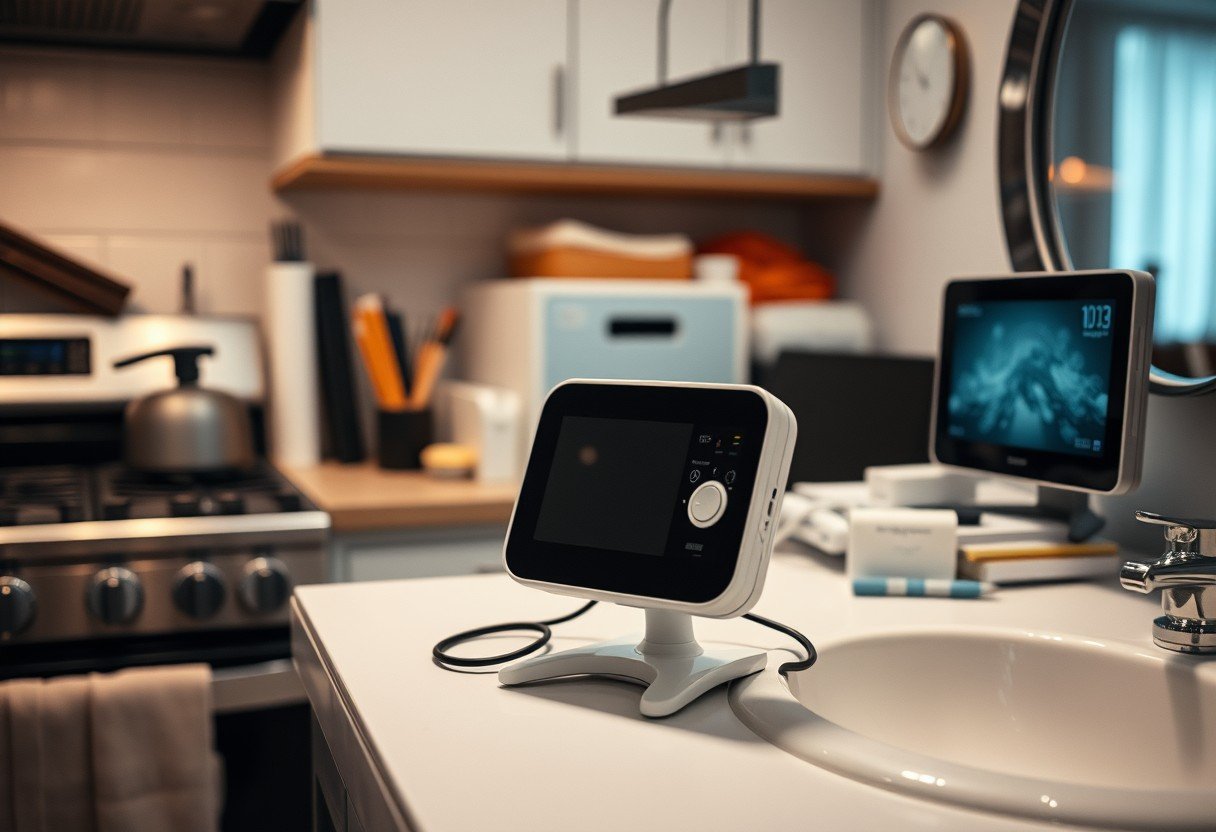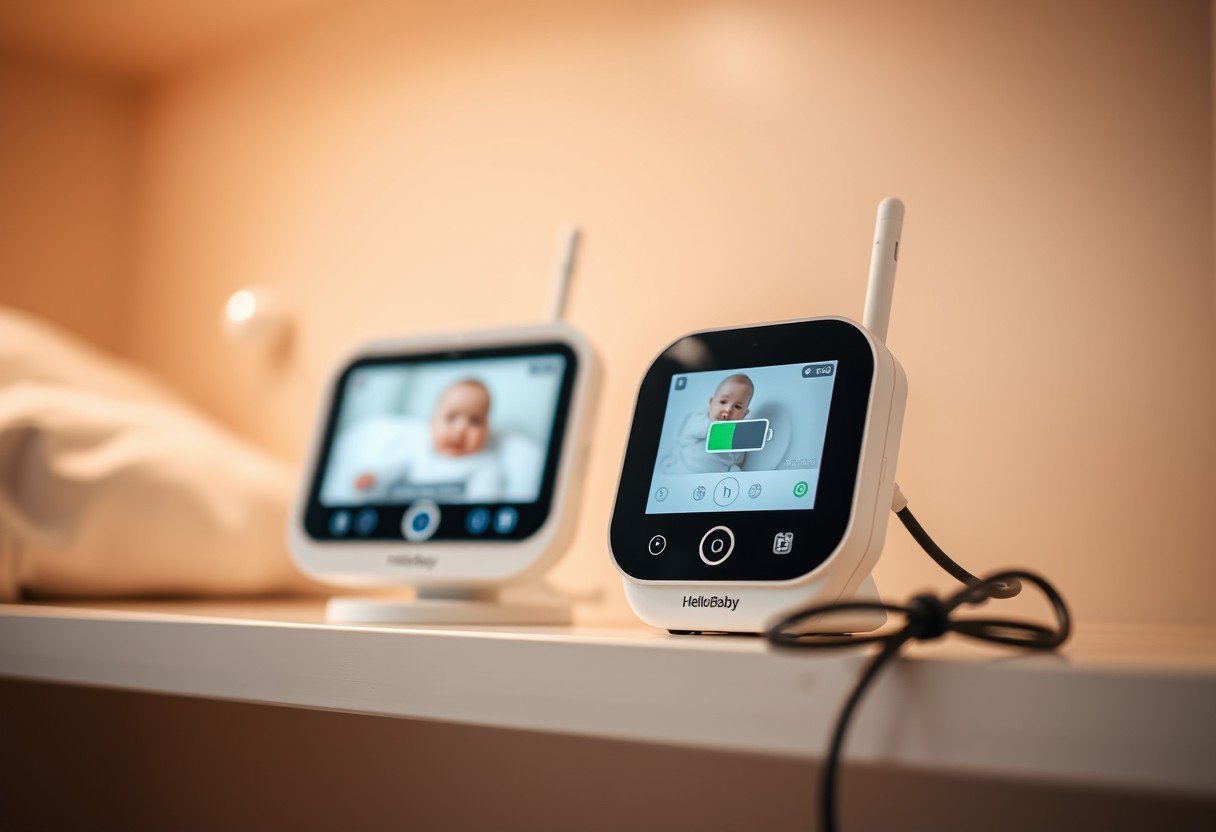Ensuring your Summer Infant baby monitor is always ready is vital for your peace of mind. The battery life of these devices is a common concern for parents who rely on them for constant monitoring. Understanding how the battery works, what affects its duration, and how to care for it can help you avoid unexpected power-outs. This guide provides everything you need to know about managing your monitor’s battery for reliable, uninterrupted performance while watching over your little one.
What to Expect from a Summer Infant Monitor’s Battery Life
Summer Infant baby monitors are designed for convenience, but their battery life can vary. On a full charge, you can typically expect between 8 to 12 hours of performance. However, this is not a fixed number and can change based on several conditions.
The specific model you own plays a significant role. Newer models with advanced features like high-definition video and Wi-Fi connectivity might have different battery demands compared to simpler audio monitors. Your daily usage habits are the most critical factor influencing how long a single charge will last.
Many Summer Infant monitors include power-saving features to help extend their operational time. These often include an automatic screen sleep mode, where the video turns off after a period of inactivity but the audio remains active. The screen instantly wakes up when the camera detects sound in your baby’s room, conserving significant power throughout the night.
Key Factors that Influence Battery Performance
Several variables can impact how long your monitor’s battery lasts. Being aware of these factors allows you to make small adjustments that can lead to a noticeable improvement in battery duration.
The age of the battery is a primary factor; like all rechargeable batteries, its ability to hold a full charge diminishes over time. Environmental conditions such as extreme heat or cold can also negatively affect battery health and efficiency.
Your specific settings have a direct and immediate impact on power consumption. Keeping the screen brightness and speaker volume at their highest levels will drain the battery much faster than moderate settings. Consider these key influencers:
- Continuous Video Streaming: Leaving the video screen on constantly is the biggest drain on the battery.
- Night Vision Usage: The infrared LEDs used for night vision require extra power to operate.
- Two-Way Communication: Frequently using the talk-back feature consumes more energy.
By managing these settings, you can strike a balance between clear monitoring and optimal battery life, ensuring the device is ready when you need it most.
How Summer Infant Compares to Other Brands
When choosing a baby monitor, it’s helpful to see how different brands stack up in terms of battery performance. While features and price are important, battery life is a practical concern for everyday use. Summer Infant holds a competitive position in the market, often providing a reliable balance of features and power longevity.
Here is a general comparison of typical battery life among popular baby monitor brands:
| Brand | Average Battery Life |
| Summer Infant | 8-10 hours |
| VTech | 6-8 hours |
| Motorola | 10-12 hours |
While brands like Motorola may offer slightly longer battery life on some models, it is important to consider the whole package. User feedback often highlights the consistent and reliable performance of Summer Infant monitors, which many parents find crucial for overnight monitoring without needing to scramble for a charger.
Practical Tips to Maximize Your Monitor’s Battery Longevity
You can significantly extend the life of your monitor’s battery by adopting a few simple habits. These best practices not only give you more time between charges but also help maintain the overall health of the battery for long-term use.
The most effective strategy is to utilize the monitor’s power-saving or sleep mode. This allows you to hear your baby at all times while only activating the power-intensive video screen when noise is detected. Additionally, lowering the screen brightness to a comfortable, but not maximum, level can save a surprising amount of power.
Proper maintenance is also key to a long-lasting battery. Always use the original charger that came with your device, as third-party chargers may not provide the correct voltage, potentially damaging the battery. It’s also wise to keep the charging port clean and free of dust to ensure a solid connection.
Knowing When and How to Replace the Battery
Even with perfect care, all rechargeable batteries will eventually need to be replaced. Recognizing the signs of a failing battery is important for maintaining the reliability and safety of your baby monitor.
The most obvious sign is a drastically reduced runtime. If you find your fully charged monitor only lasts for a couple of hours, the battery is likely nearing the end of its life. Another critical warning sign is any physical swelling or damage to the battery itself. If you notice this, you should replace it immediately for safety reasons.
Replacing the battery is usually a straightforward process for models that allow it. Follow these general steps for a safe replacement:
- Ensure the monitor is completely powered off and unplugged from the charger.
- Locate and open the battery compartment, which is typically on the back of the parent unit.
- Carefully disconnect and remove the old battery.
- Insert the new, compatible battery, making sure to connect it properly.
- Close the compartment securely and charge the new battery fully before its first use.
Troubleshooting Common Battery Problems
If you’re experiencing issues like rapid battery drain or your monitor won’t turn on, there are a few things you can try before seeking a replacement. Sometimes, simple troubleshooting can resolve the problem and restore your monitor’s performance.
First, perform a battery recalibration. Let the monitor’s battery drain completely until it shuts off on its own, then charge it back to 100% without interruption. This process can sometimes reset the battery’s power gauge for a more accurate reading.
Always check if your monitor has a firmware update available. Manufacturers occasionally release updates that include optimizations for better battery management. Also, ensure the charging contacts on both the monitor and the charger are clean. A small amount of dust or debris can prevent a proper charge.
If these steps don’t resolve the issue, and your monitor has a removable battery, it may be time to invest in a replacement. For units with non-removable batteries, contacting Summer Infant customer support is the best course of action.
Frequently Asked Questions about Summer Infant Monitor Batteries
What is the average battery life of Summer Infant baby monitors?
The typical battery life for most Summer Infant models ranges from 8 to 12 hours on a full charge. This can vary significantly based on your model, screen brightness, volume level, and how often you use features like video streaming.
How can I make my Summer Infant monitor battery last longer?
To extend battery life, reduce the screen brightness and use the audio-only or sleep mode whenever possible. Turning off extra features like lullabies and keeping the device away from extreme temperatures will also help preserve power.
Is it safe to leave the baby monitor plugged in all the time?
While it’s generally safe, it’s a good practice for battery health to occasionally let it discharge before recharging fully. This helps maintain the battery’s capacity over time. Avoid continuous overcharging by unplugging it once it reaches 100%.
What should I do if my monitor’s battery life is very short?
If the battery life is much shorter than expected, first try recalibrating it by doing a full discharge and recharge cycle. If the problem persists, check for any available software updates or consider purchasing a replacement battery if your model allows it.
Do all Summer Infant baby monitors have rechargeable batteries?
Most modern Summer Infant video monitors come with rechargeable batteries for the parent unit. However, some older or audio-only models may use disposable batteries, so it’s always best to check the specifications for your particular device.









Leave a Comment